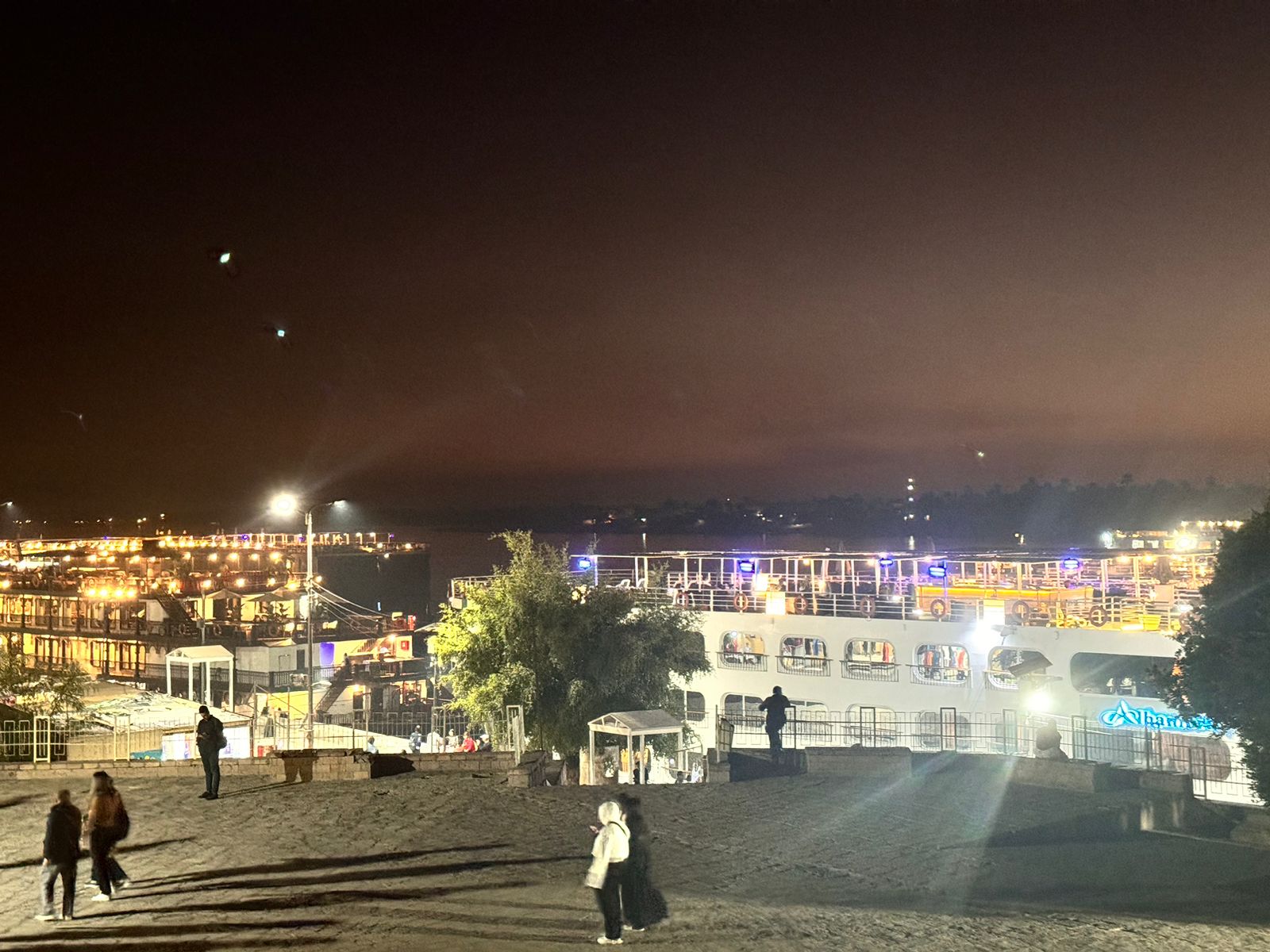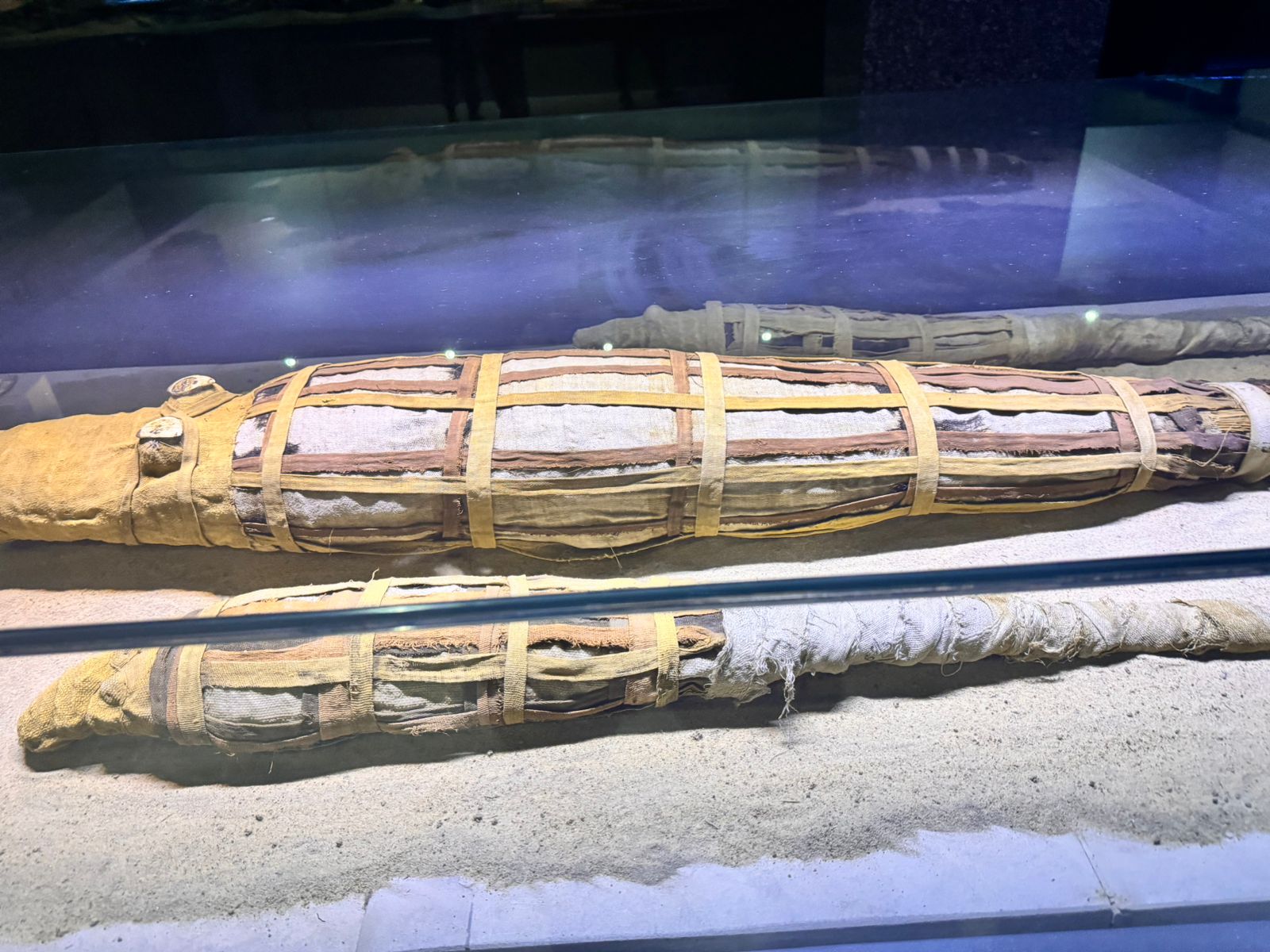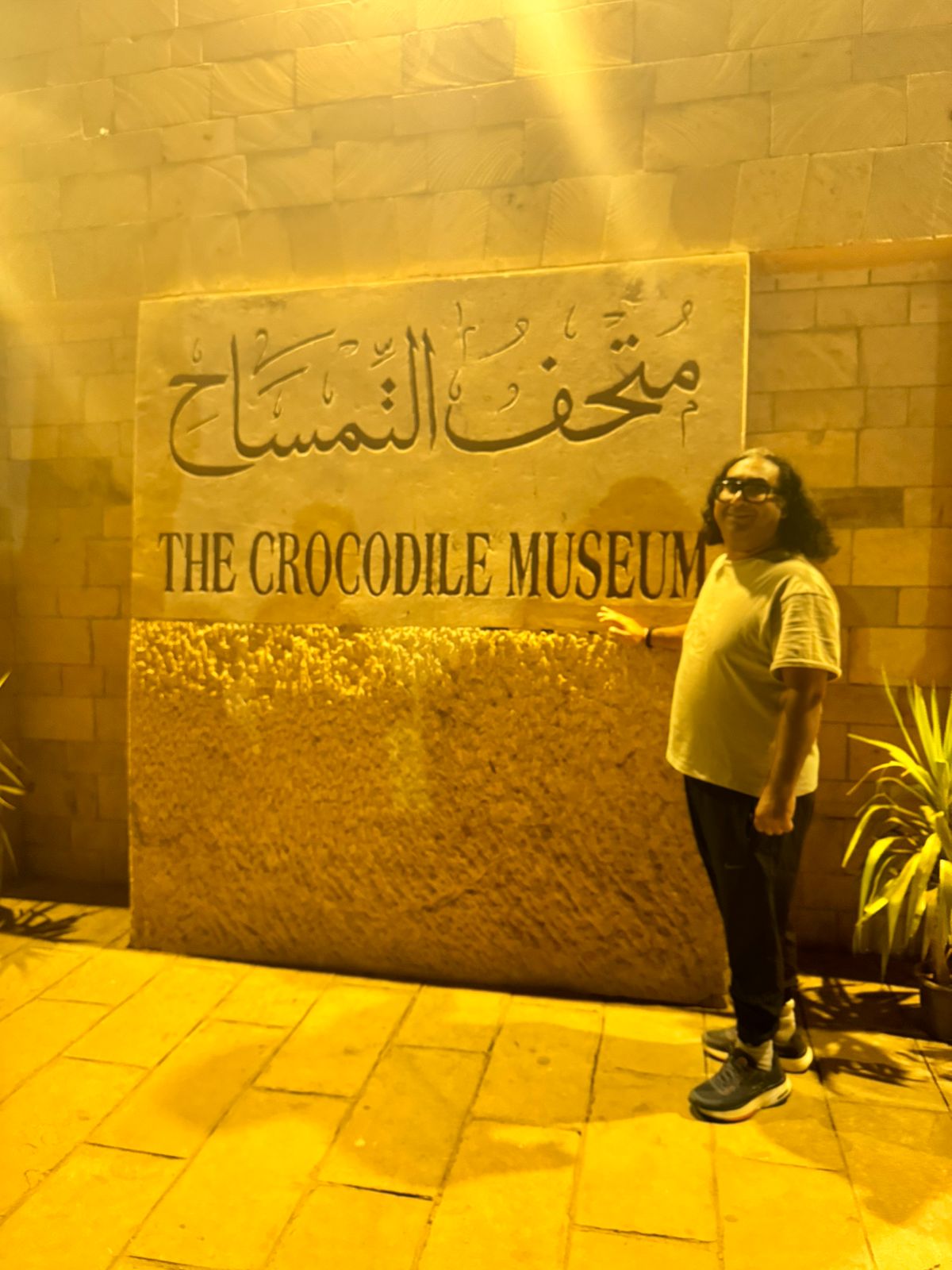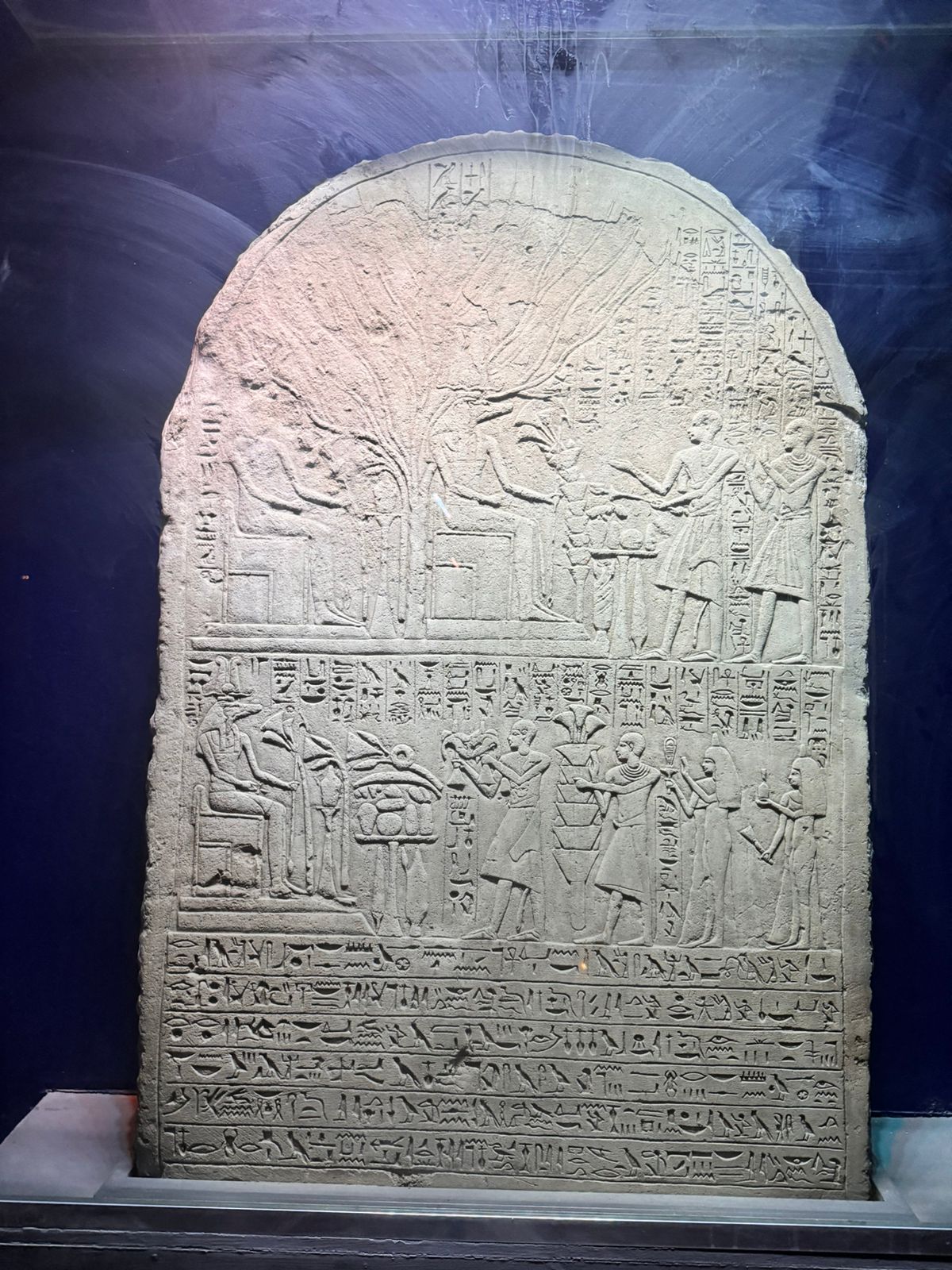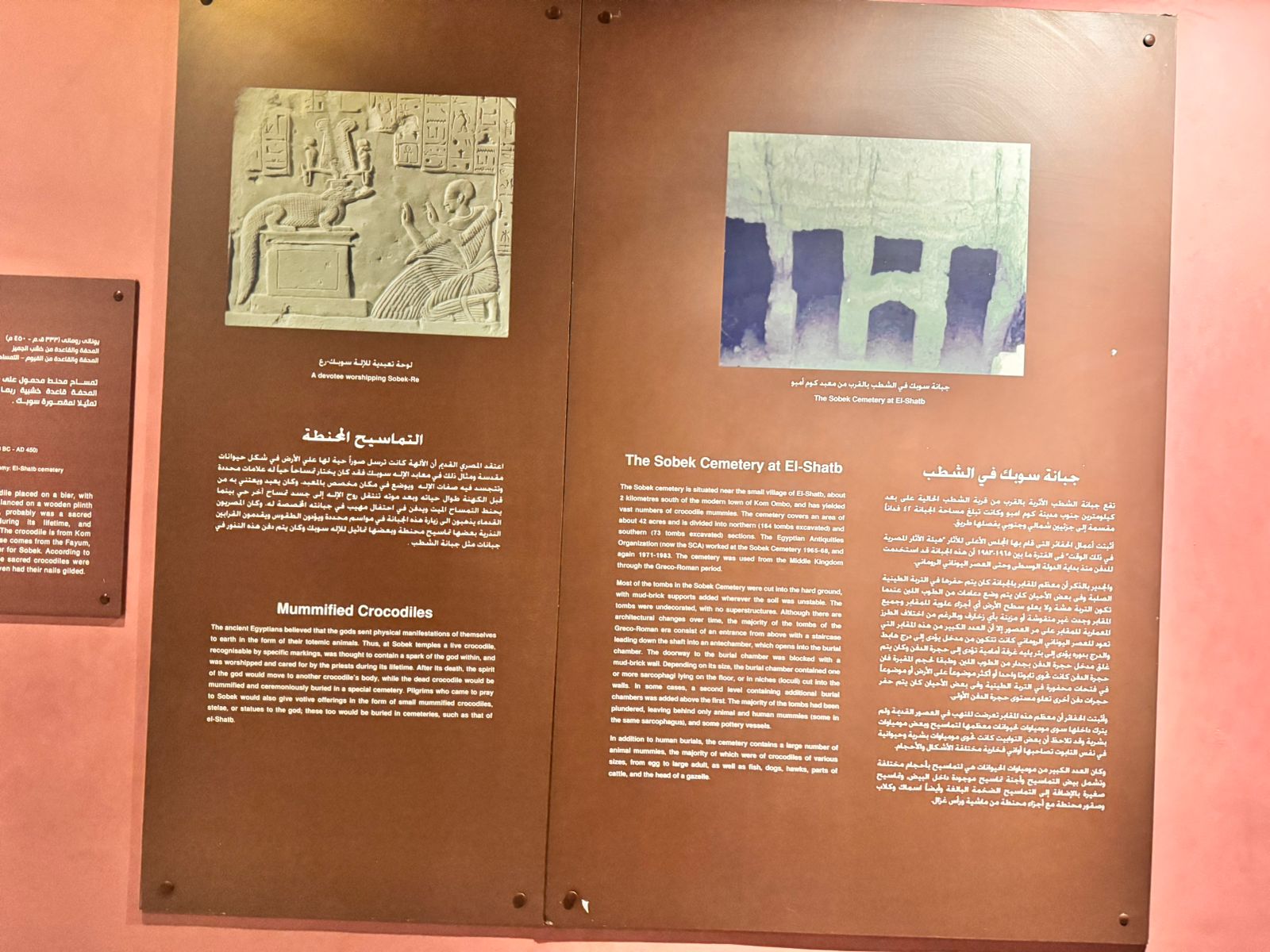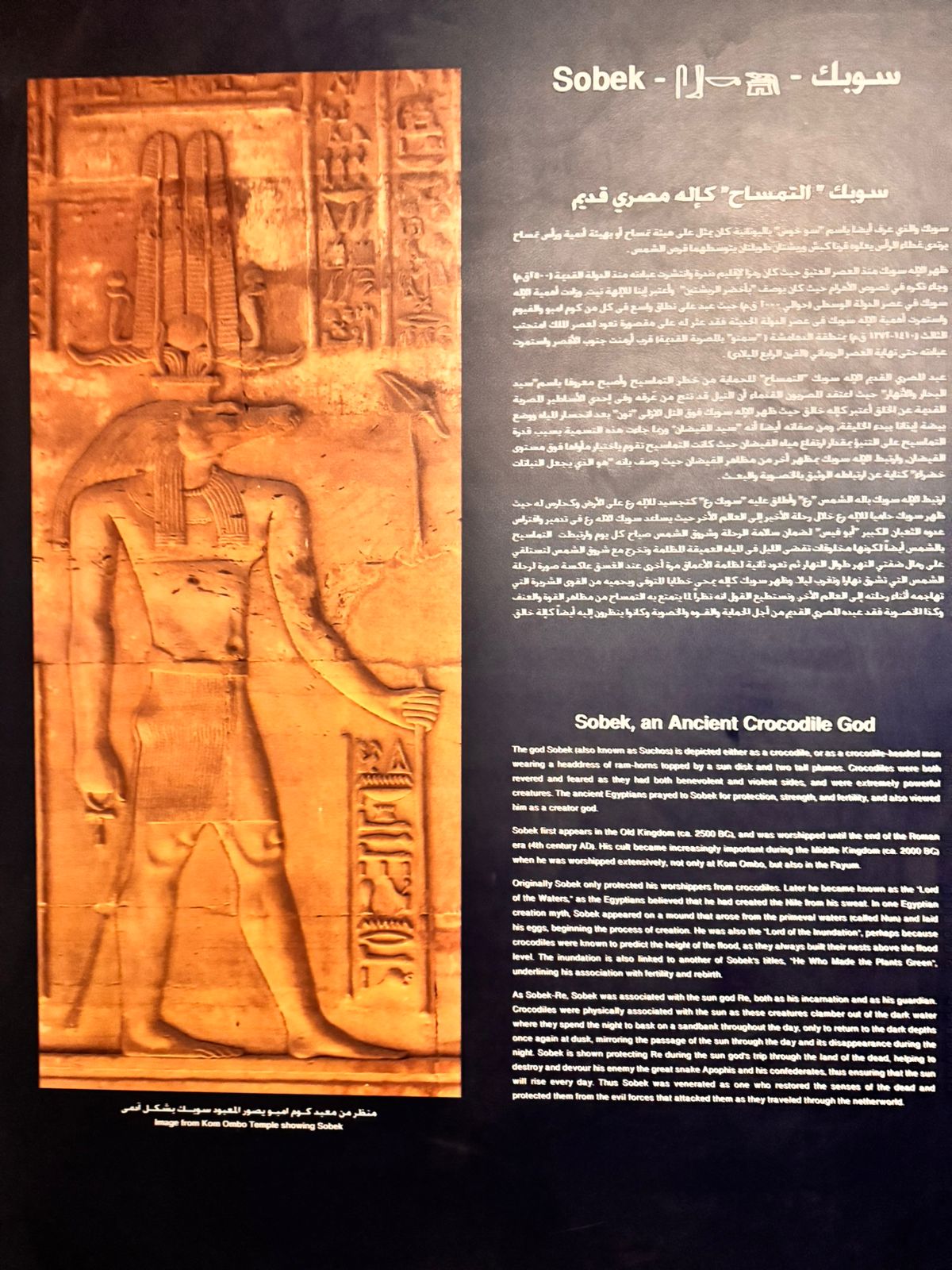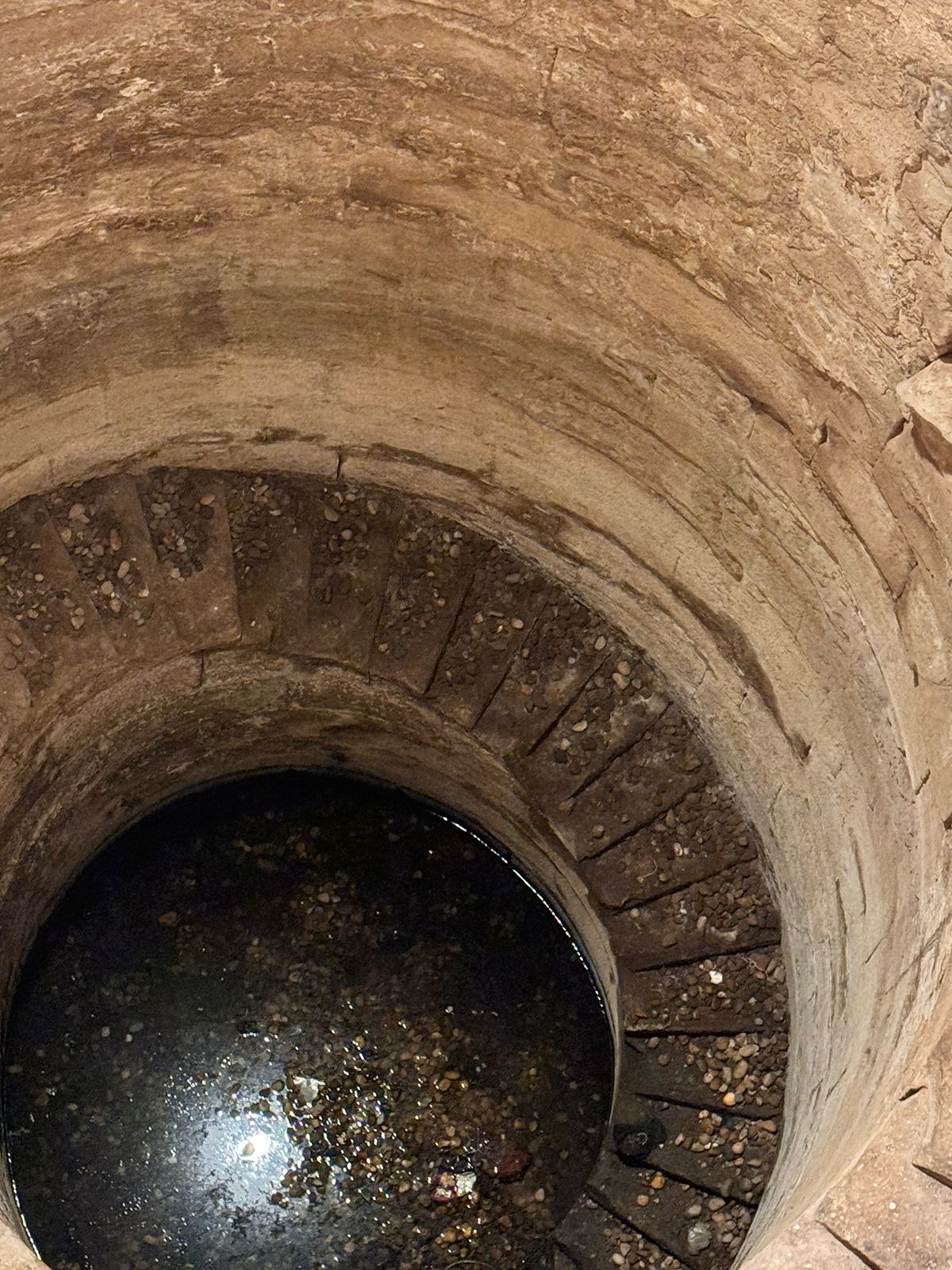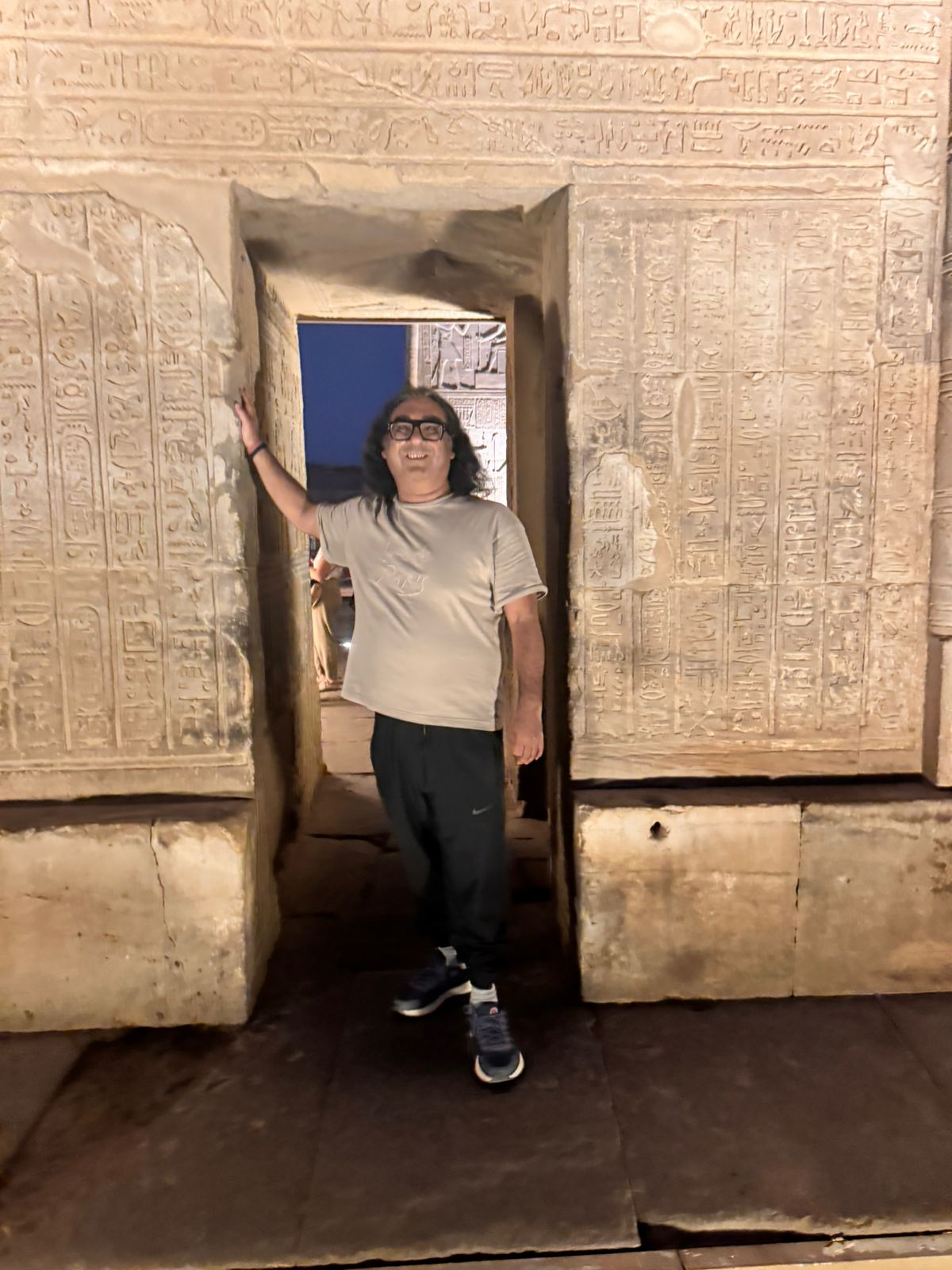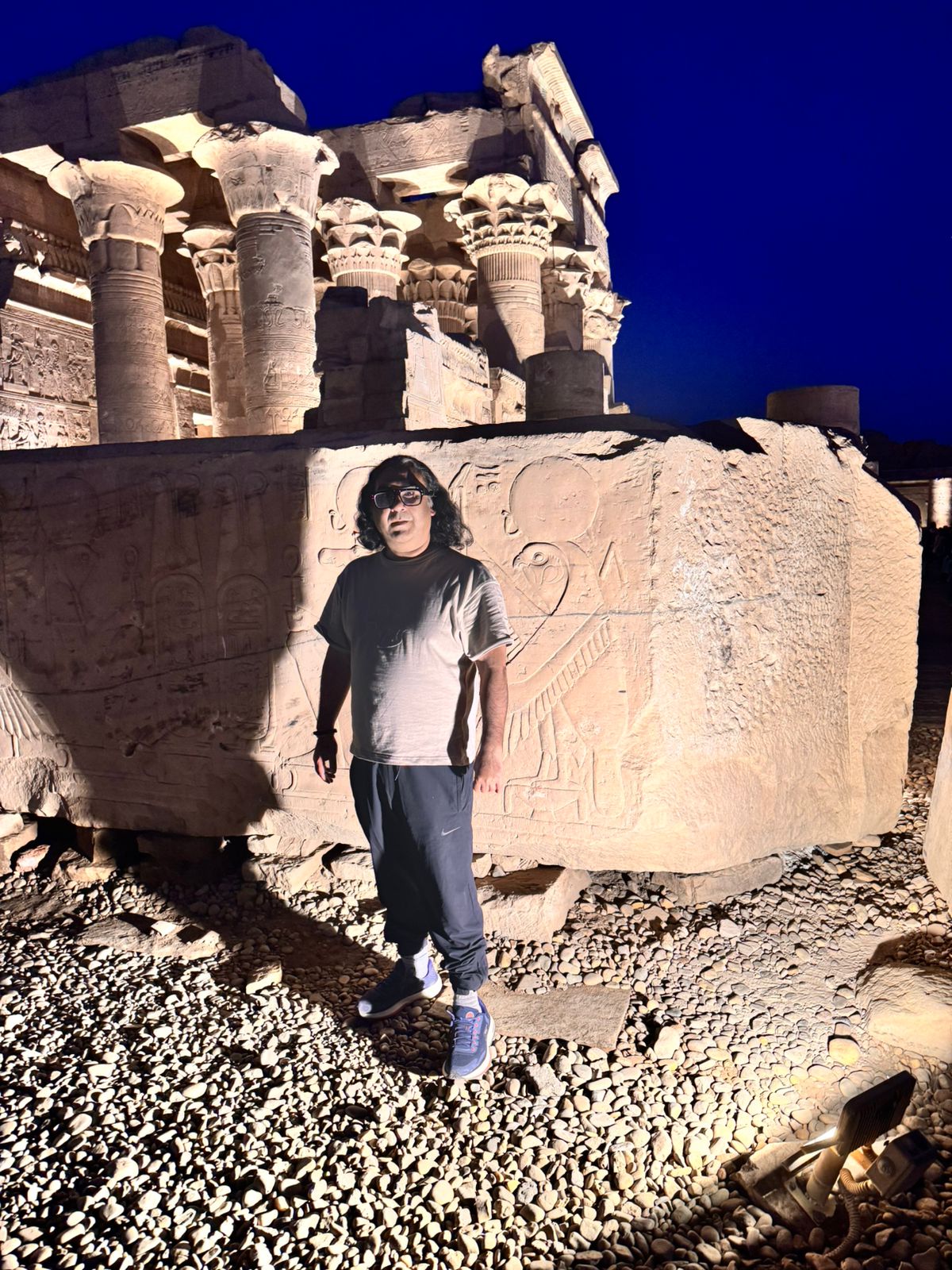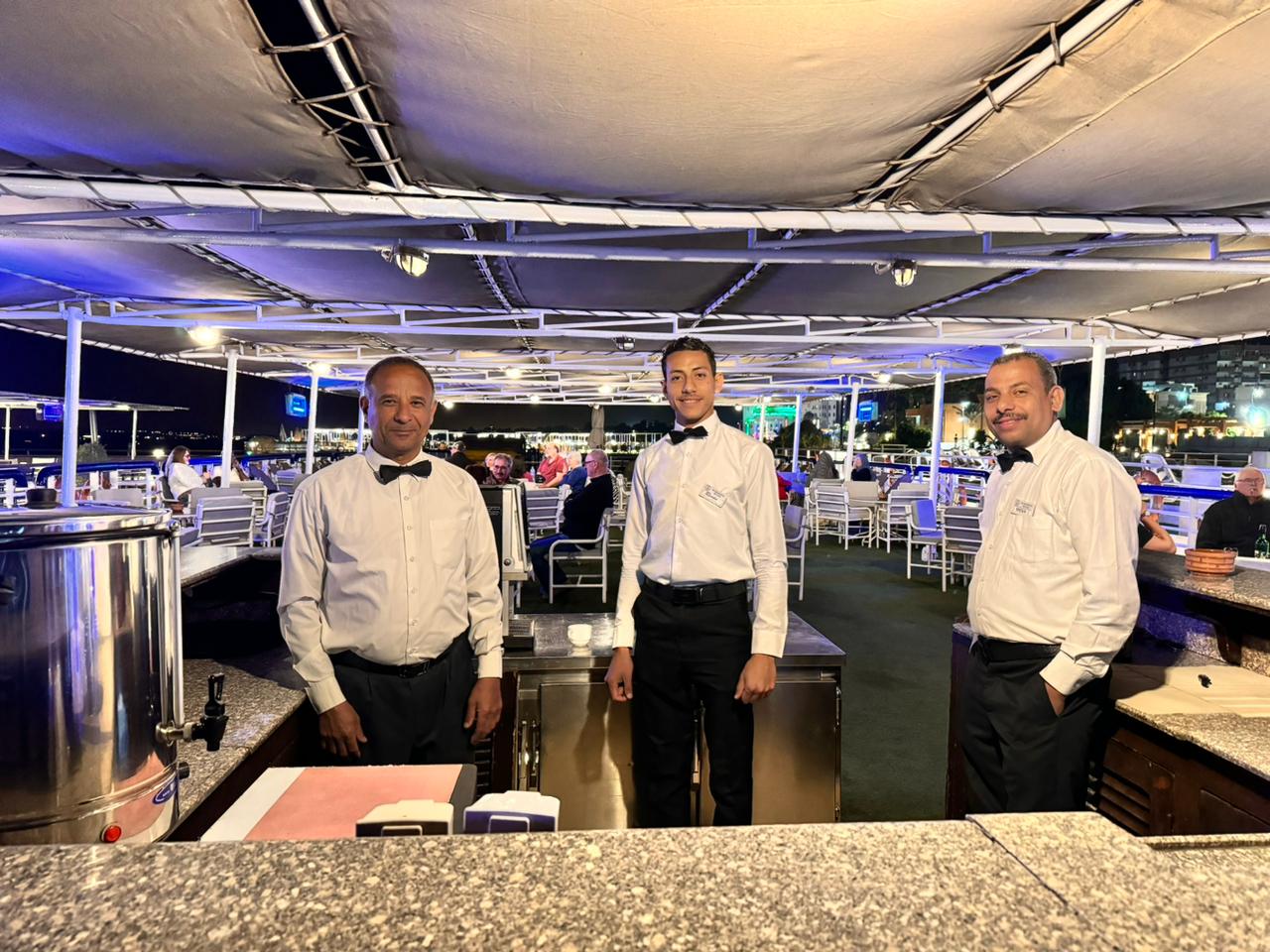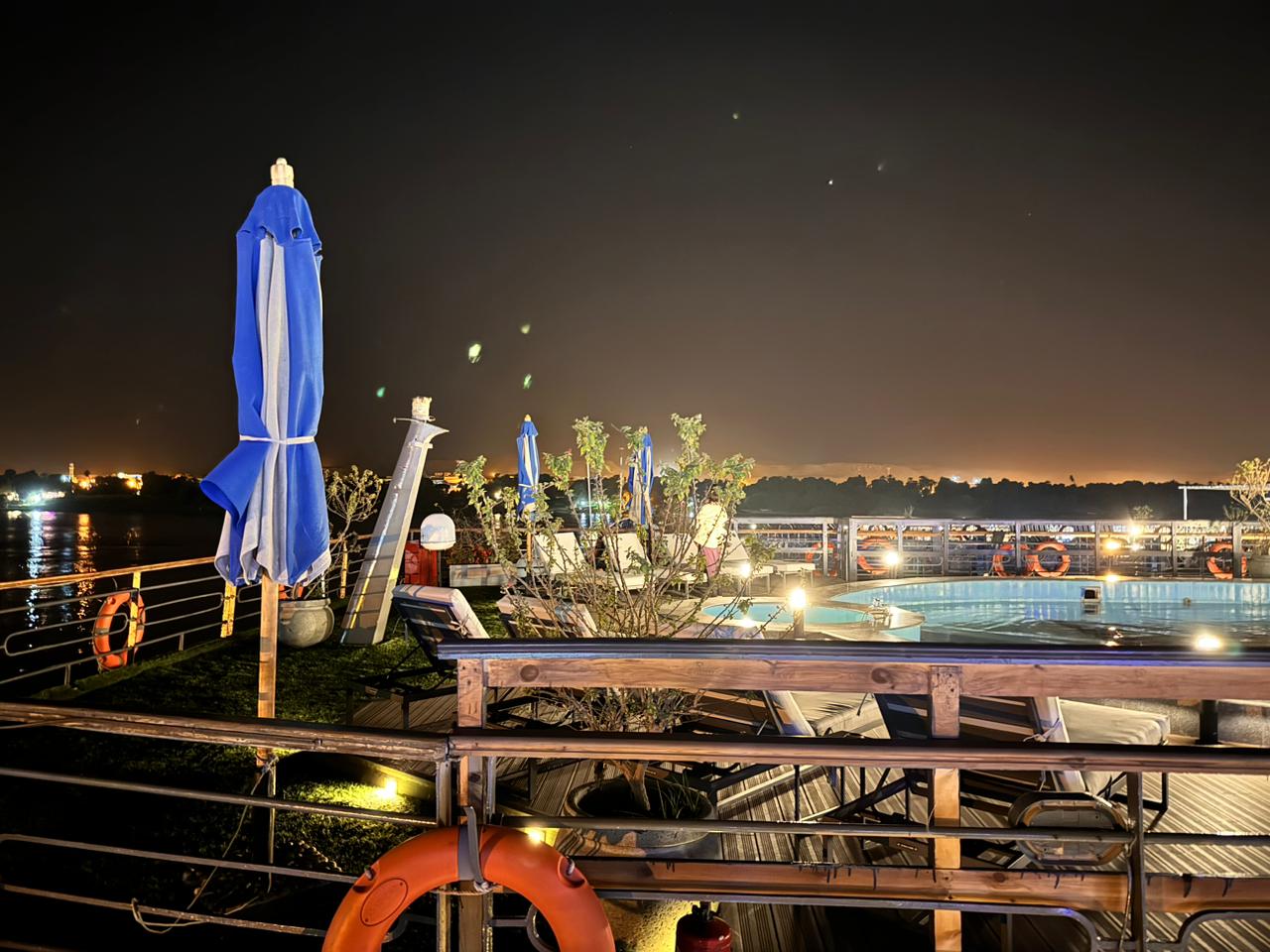The cruise on the Nile started around 2:00 pm. It was slow at first, but then the speed of the cruise increased as it glided on the waters of the River Nile. I had an excellent opportunity to take pictures from the open window of my room. The day was sunny, and its reflection on the blue waters provided a great photo opportunity, which I eagerly seized. I had purchased a large white Egyptian Galabeya, which I wore all day after my afternoon shower.
The Kom Ombo Temple is a double temple located in the town of Aswan. It was constructed during the Ptolemaic Dynasty, from 180 to 47 BC. Situated in the city of Nubi, which means the City of the Gods, the Kom Ombo Temple came into being in the 2nd century BC.
The temple is a double temple and pays homage to Sobek, the crocodile god, and Horus, the falcon-headed God. Sobek is associated with the wicked God Seth, the enemy of Horus. According to the Myth of Horus, the allies of Seth made their escape by changing themselves into crocodiles. Until recently, the Nile waters were infested with these ferocious reptiles, which would attack both man and animal. The temple also houses mummified crocodiles. It is believed that worshipping the crocodiles would prevent them from attacking.
Sobek has magical powers over the waters of the Nile. Sobek’s wife is Renenutet, the goddess of plenty. Sobek is also associated with fertility and was revered for his ferocity and quick movement.
Horus was an Egyptian sky god and a pharaoh of Egypt. He was the only child of Osiris and Isis. He avenged the death of his father and became a Pharaoh of Egypt. During his fight with Seth, Horus loses his eyes, which Hathor later restores. This restoration came to symbolize the process of healing and becoming whole.
Horus was married to Hathor, the goddess of love. The Kom Ombo Temple is full of engravings depicting Horus and Sobek, and ancient stories are carved on the many walls of this fascinating double temple.
Adjacent to the temple is the crocodile museum, which displays mummified crocodiles. Visitors can explore the museum after visiting the Kom Ombo Temple.
Until then, enjoy the pictures of the Kom Ombo Temple and the sunset cruise on the Nile.

